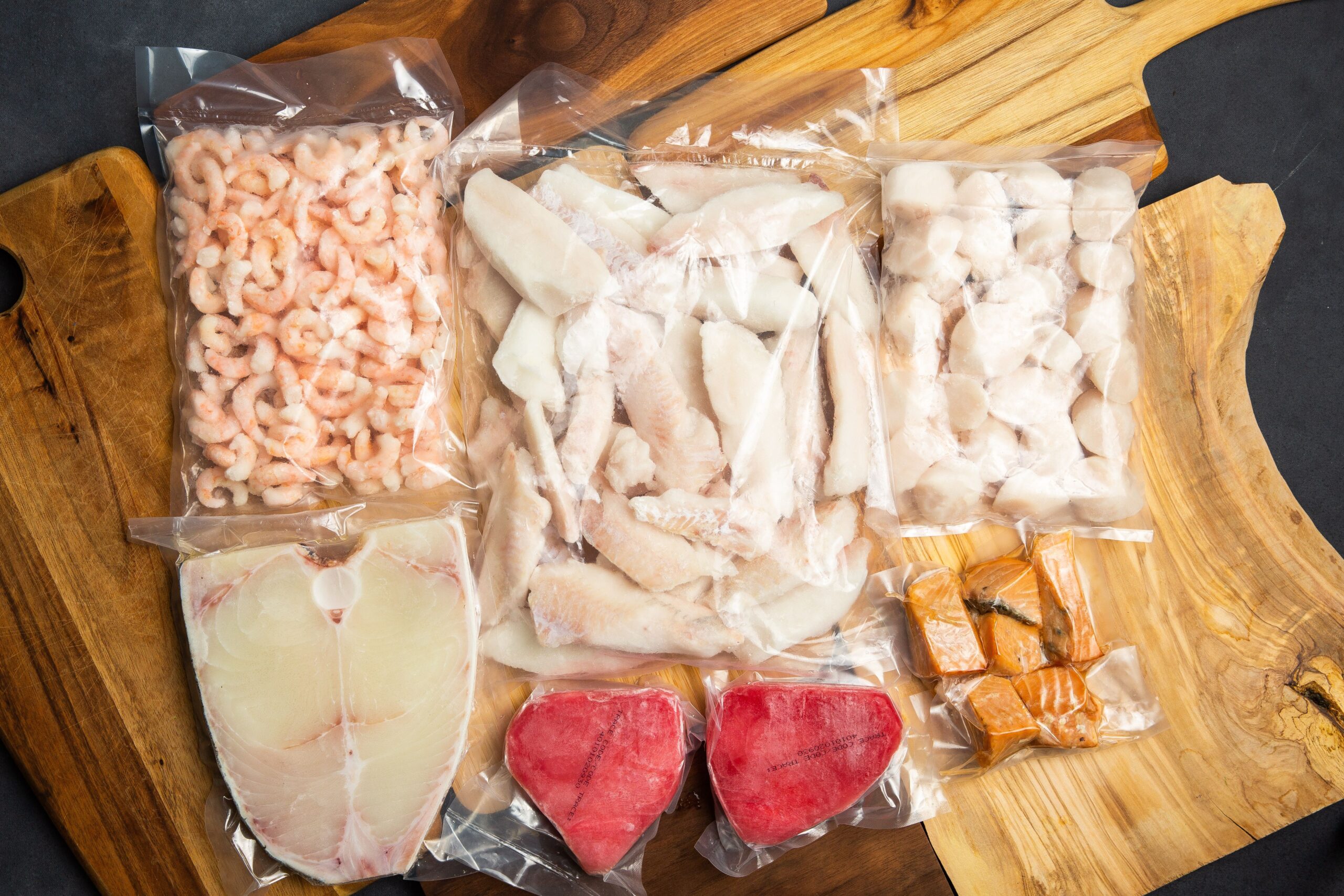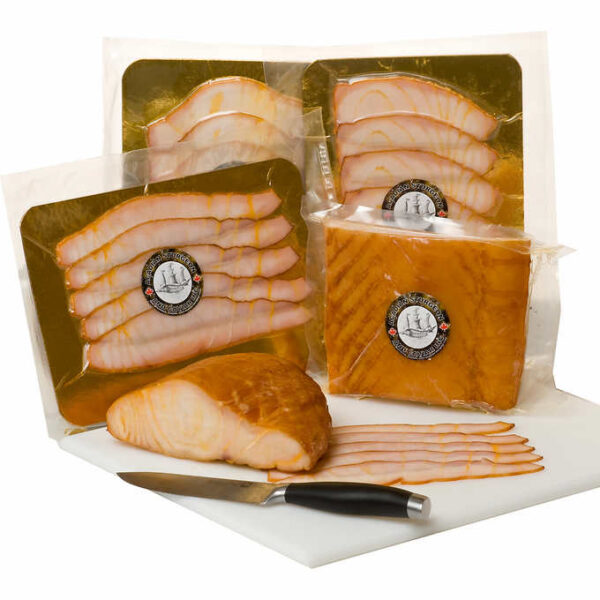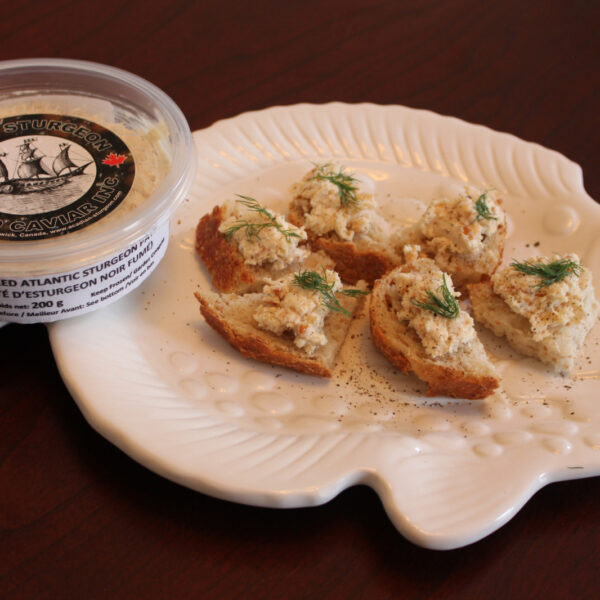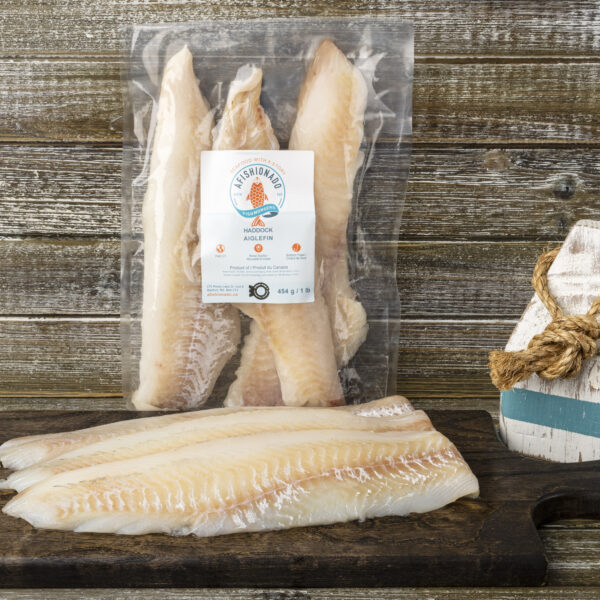Frozen Seafood is Your Friend
The classic fresh vs frozen debate has taken the world of seafood by storm for decades. Traditionally, fresh seafood has dominated in the public eye, but we have come a long way since the mushy fish sticks that are typically associated with “frozen fish”. At Afishionado, we want to celebrate quality frozen seafood for its many benefits.
Here are the top reasons fresh may not always be best! (Contrary to popular belief)
Fresh may not be as fresh as you think
Globalization has led to a large number of seafood imports in Atlantic Canada. It often needs to travel thousands of miles just to get to your plate, which can take days!
Flash Freezing is your friend
Flash freezing is a method used by many seafood suppliers where the fish is placed in temperatures ranging from -40°C to -60°C degrees, instantly freezing the fish, preserving it for optimal freshness and guaranteeing a high quality end product.
Supports small scale fisheries
Frozen seafood takes the pressure off suppliers to deliver fresh product immediately after catching. Maintaining product quality and removing the element of time constraints benefits the supplier, the distributor (us!) and the consumer (you!).
Less nutrients is a myth
The difference between nutrients is very minimal. Water released during thawing does contain some nutrients, specifically water-soluble vitamins, when thawing is done correctly and if the seafood has been frozen immediately after harvest this loss is negligible. Not to mention that frozen fish can often be safer to eat because the freezing process adds an additional measure of food safety by killing harmful bacteria!
There’s many more benefits to frozen fish including convenience, variety, allows you to minimize waste by only thawing what you intend to eat, and you don’t have to worry about seasonality, as you can try fish that you may not be able to access fresh year-round.
Still nervous about frozen fish?
Here are a couple of tips for ensuring your frozen fish is as fresh and as tasty as possible:
- Defrost fish under cold running water – do not place in warm or stagnant water, as this will lead to uneven thawing and allow potential bacterial growth
- If you prefer thawing in the refrigerator, slice a small hole in the packaging if the fish is vacuum sealed. This will ensure there is no risk for anaerobic bacterial growth. This is especially important if you choose to eat the fish raw!
- Avoid refreezing fish once it has thawed, as it will compromise the texture of the fish – however, this is okay to do from a food safety perspective so long as the fish has remained under 4 degrees celsius.








